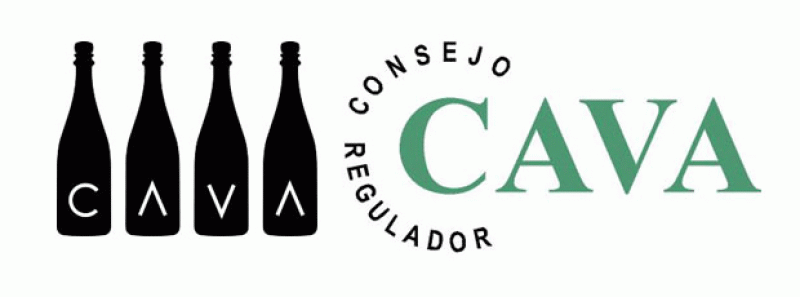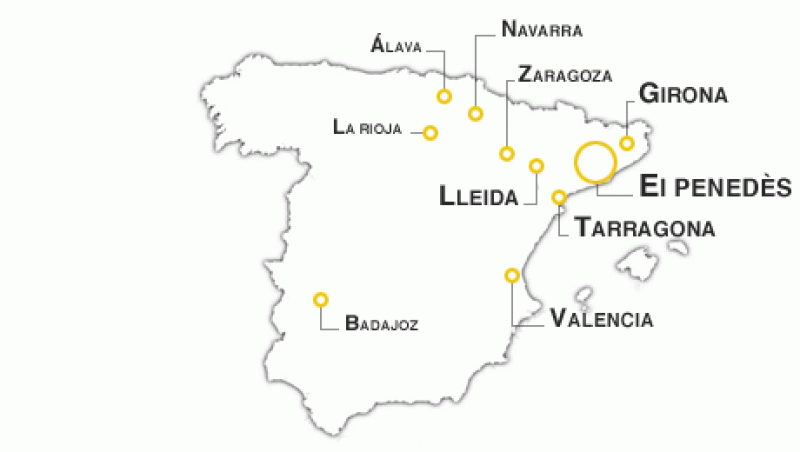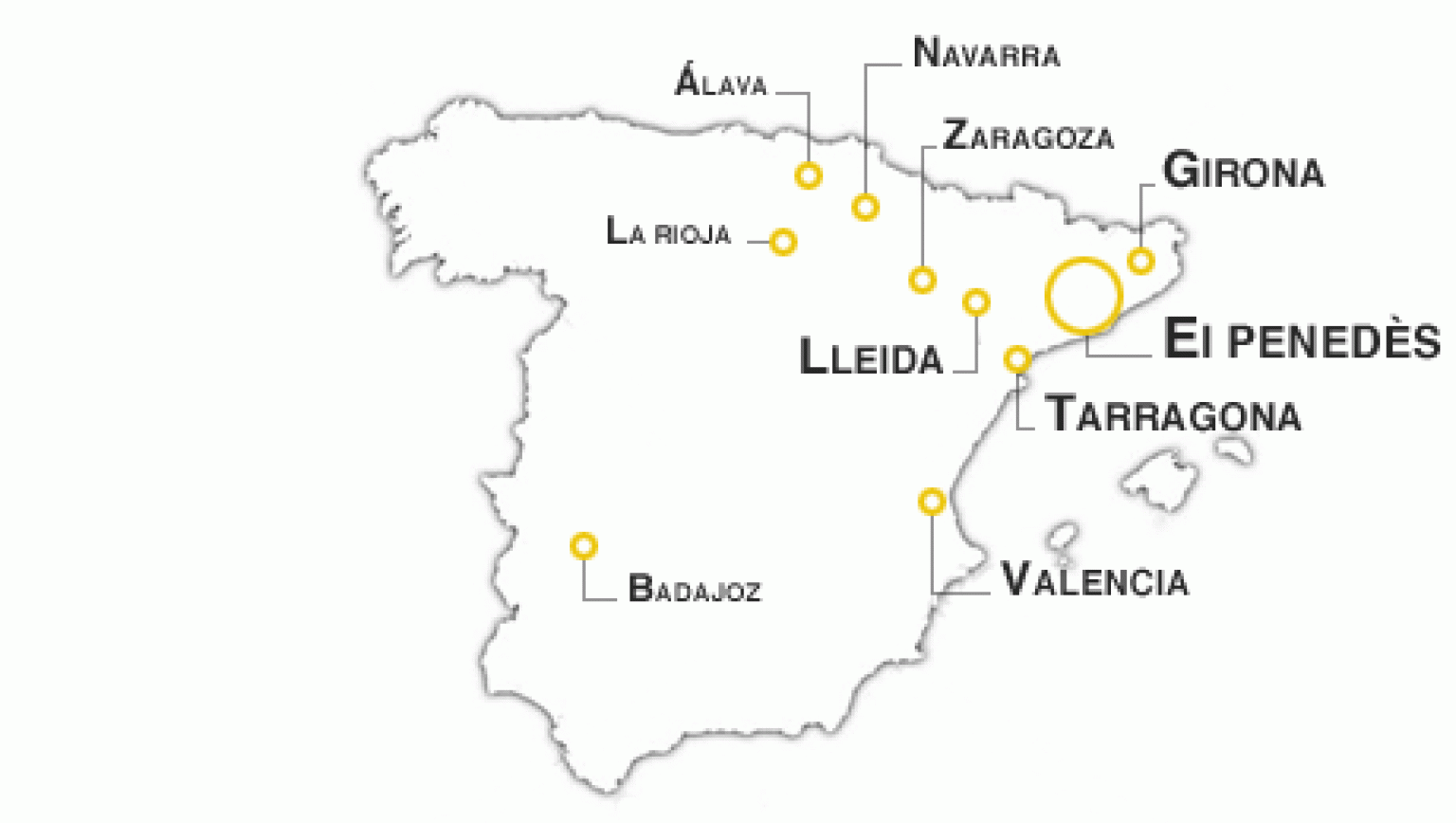DO Cava
The cava D.O. was created in 1972 as was its Regulatory Council, whose technical services section checks the quality of the cavas’ production processes.
THE CAVA REGULATORY COUNCIL
The Regulatory Council’s monitoring process begins in the vineyards, checking that the plots of land belong to the demarcated areas. All the stoppers are marked so as to monitor minimum ageing periods. Organoleptic analyses are carried out in order to categorise the base wines. Lastly, the labels have to comply with all the regulations and state “cava”, “reserva” or “gran reserva” according to the number of years the cava has aged for.
WHERE IS THE CAVA D.O.?
The “Cava Region” comprises some 159 townships, essentially in the provinces of Barcelona and Tarragona but also in Lleida, Girona, la Rioja, Álava, Valencia, Badajoz, Navarra and Zaragoza.
Sant Sadurní d’Anoia has been cava’s nerve centre since the D.O.’s inception and, with its surrounding area accounts for 99% of all the cavas that are produced even though the D.O. covers a number of locations and regulates all the cava made throughout the country.
CAVA GRAPE VARIETIES
The most widely used grapes are Macabeu, Xarel.lo and Parellada, all three being white. Macabeu produces wines that are aromatic and fruity. Xarel.lo gives the wine body, strength and length. Parellada adds finesse and softness. Other vines that the Denomination allows, but that are planted in much lesser proportions are Trepat, Garnacha, Subirat and Monastrell and even the star Champagne varieties: Chardonnay and Pinot Noir.
MAKING THE WINE
The time that elapses between the grapes being picked and the must being produced should be as short as possible in order for the primary aromas to be preserved. Once in the winery the musts are vinified separately, with strict temperature controls applied in order to preserve the characteristics of each variety. Once the wines have been obtained the winemakers decide what proportion of each type to use to make up the coupage that constitutes the personality of each type of cava.
TYPES OF CAVA
Cava is classified according to two criteria: sugar content and ageing.
The first classification is according to sugar content, with dosage added (just before the stopper is inserted)
- BRUT NATURE: No added sugar
- EXTRA BRUT: Maximum of 6g sugar per litre
- BRUT: Maximum of 12g sugar per litre
- EXTRA SECO (EXTRA DRY): 12g – 17g sugar/ litre
- SECO (DRY): Between 17g and 32 g sugar /litre
- SEMISECO (SEMI DRY): 32 g - 50 g sugar/ litre
- DULCE (SWEET): More than 50 g sugar/ litre
Vilarnau cavas have a minimal amount of added sugar as the base wines are sufficiently fruity and good quality for only the least possible amount of sugar to need to be added.
The second classification criterion is the length of time the cava has aged in the bottle. The time from the tirage until disgorging is at least nine months, after which time cava is classified as follows:
- CAVA: 9 months ageing and more
- CAVA RESERVA: 15 months ageing and more
- CAVA GRAN RESERVA: 30 months ageing and more.
Vilarnau cavas are Reservas and Gran Reservas. Lengthy ageing refines the bubbles and makes them more silky and pleasant on the palate.



